When I first discovered the Open Buttonhole Filler Stitch, I was instantly drawn to its delicate, airy texture. It’s one of those buttonhole stitches that adds just the right amount of elegance without overpowering your design. How to do it? Well,
Open Buttonhole Filler
To do the Open Buttonhole Filler Stitch, create a series of open loops along an outlined area by inserting the needle, forming a loop, and passing the needle under it before tightening.
If you’re like me and enjoy experimenting with different textures in your embroidery, this stitch is a must-try. Let me guide you through the steps to make it your new go-to for adding that perfect touch of finesse to your projects.
At A glance of open buttonhole stitch:
- An open buttonhole filter stitch is a neat thread that is used to fill the shape.
- It is mainly used to fill the shapes.
- This technique helps shape the curve nicely.
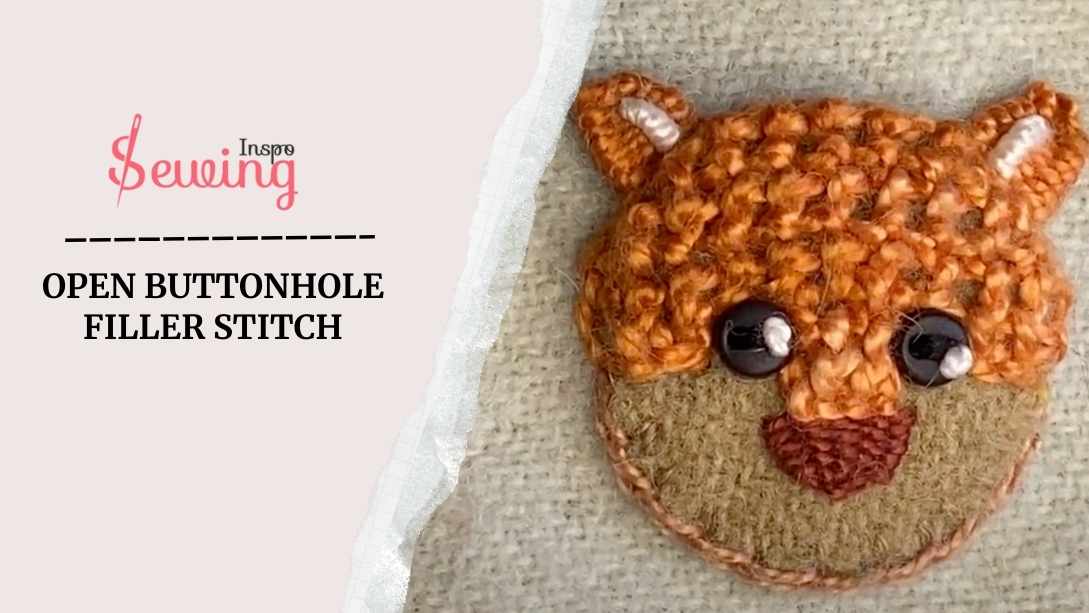
Table of Contents
What Is Open Buttonhole Filler Stitch?
Open buttonhole filler stitch is a net like filling stitch. It’s perfect when you want to fill a space but still want the fabric to show through.

This buttonhole stitch has a lace-like, airy feel. Imagine creating rows of evenly spaced loops that form a kind of delicate netting. That’s the way of open button hole stitch.
At first, it may sound like a Double buttonhole stitch by hand, but you will know the difference once you drive into it. This is one of the favourites among all kinds of buttonhole stitches.
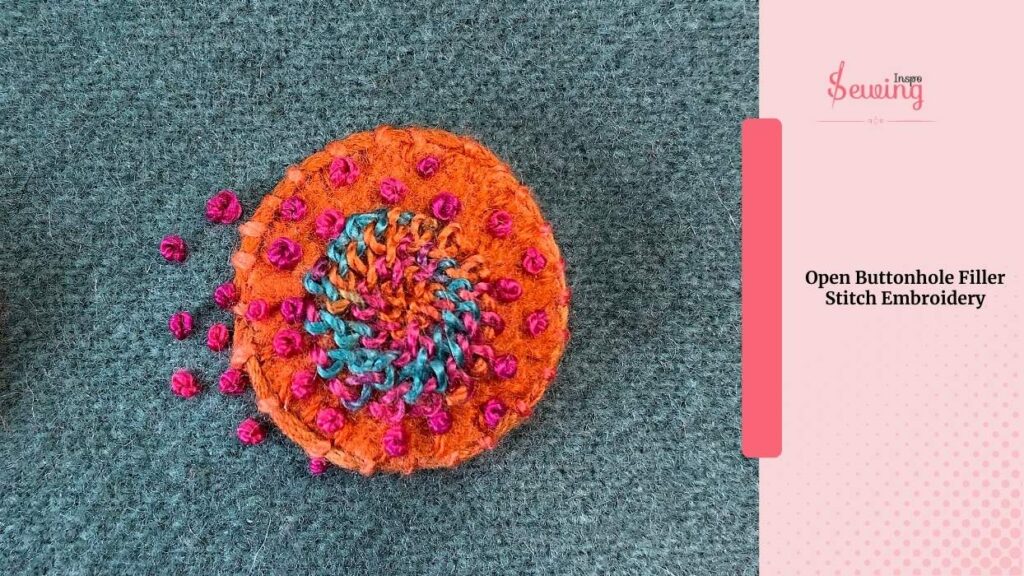
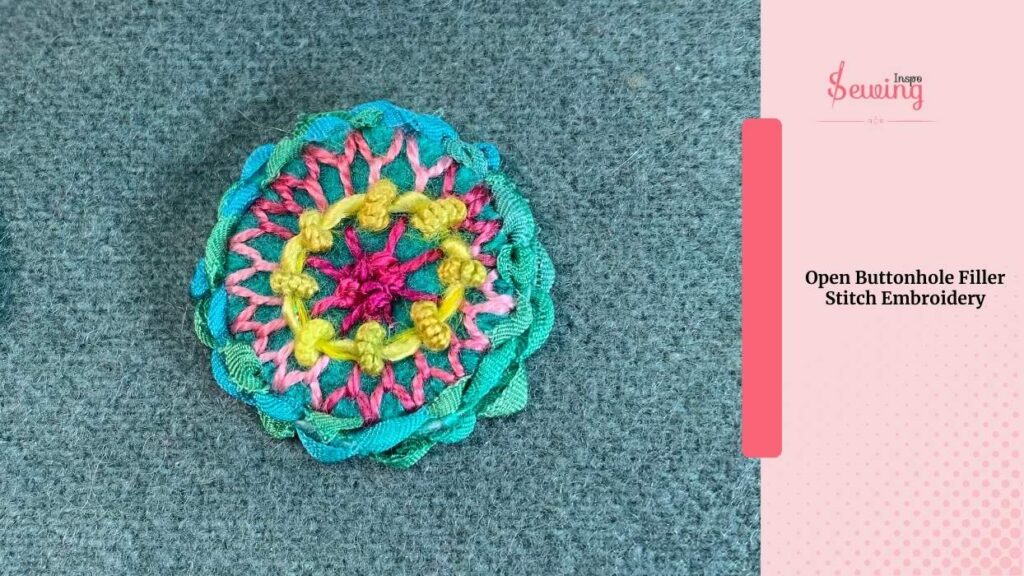


Buttonhole Filling Stitch Design
That’s how to sew open buttonhole filter stitch look on a design.
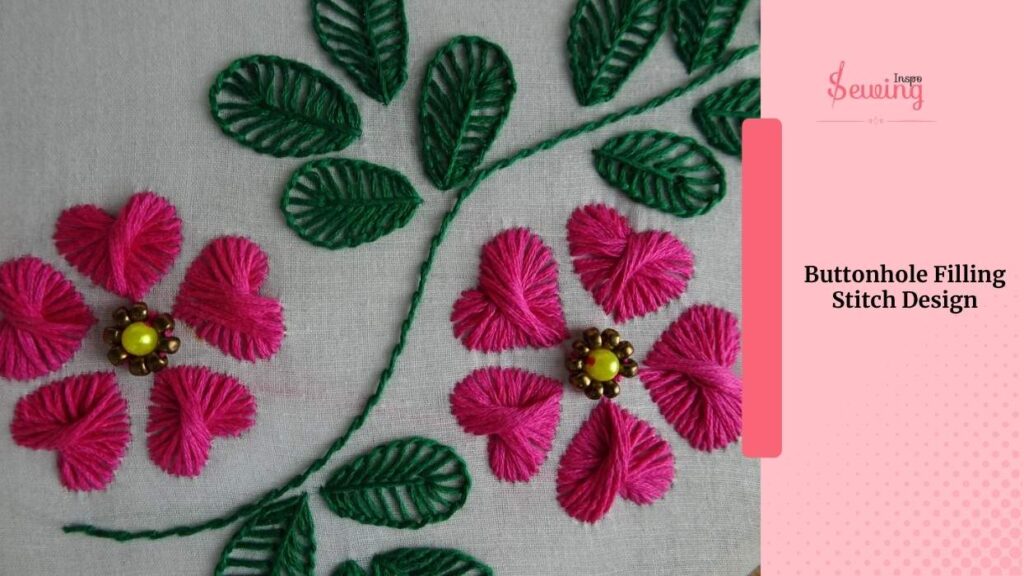
How To Do Open Buttonhole Filler Stitch?
To do an open buttonhole filler stitch, follow 5 steps:
- Outline The Area You Want To Fill
- Push The Needle Between Backstitch
- Push The Needle Out
- Move Slightly Downward
- Finish It By Securing The Thread
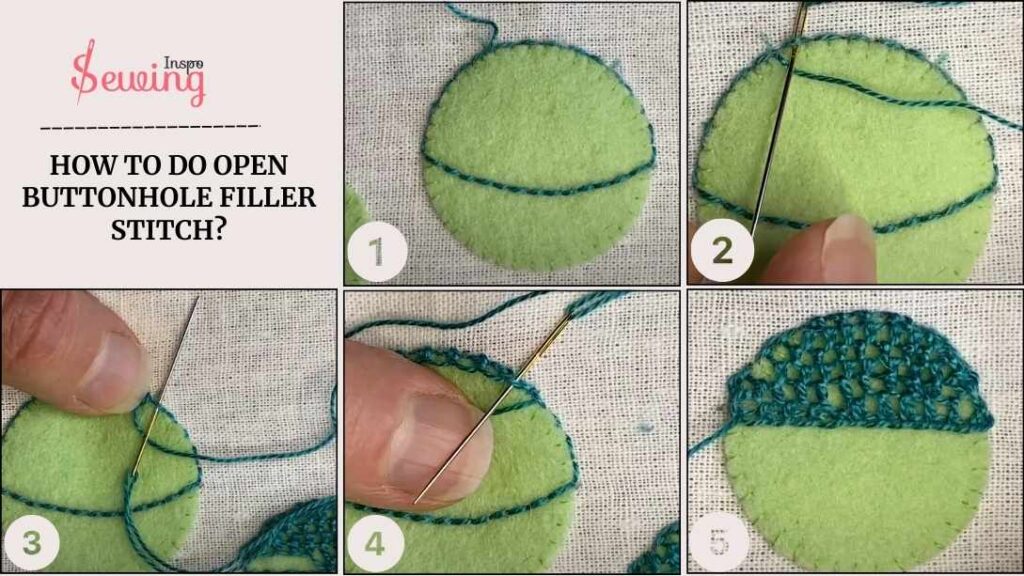
Outline The Area You Want To Fill
To start with the Open Buttonhole Filler Stitch, you need to outline the area you’re working on. Think of it as creating a frame before you begin filling it in. just like doing a detached buttonhole stitch.
You can use a simple border stitch, like back stitches, to mark the edges of the shape or section you plan to decorate. This step helps you stay within the lines as you go. Just like a bar buttonhole stitch.
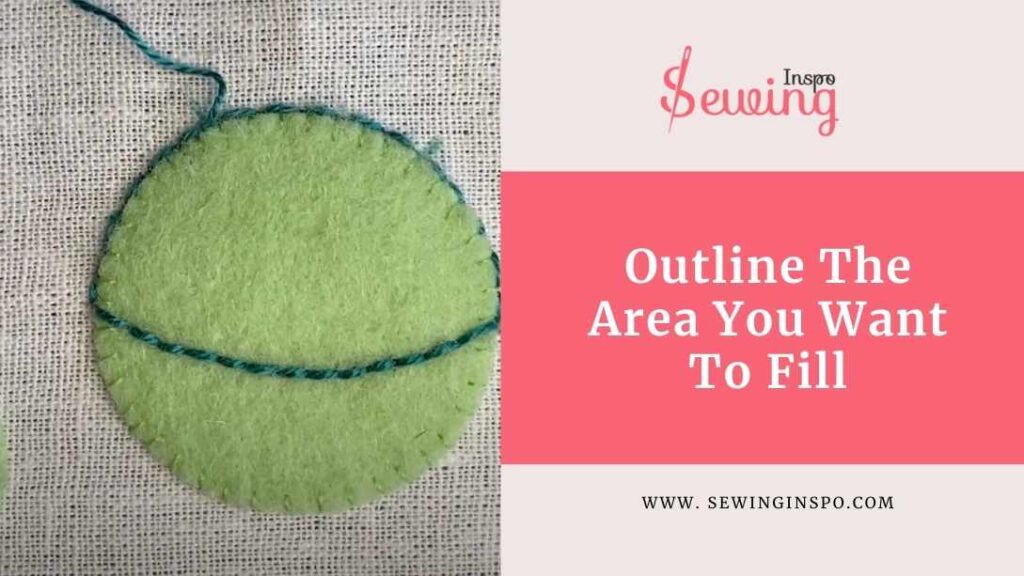
It’s like sketching out the borders of a coloring page before you start filling in the colors. But in this case, you use stitches to give your embroidery a neat, polished look.
Note: don’t make the thread tension too much. Otherwise, the stitch may torn apart like a buttonhole stitch image.
Push The Needle Between Backstitch
Once you’ve finished your row of backstitches, instead of inserting the tapestry needle into the fabric for the next stitch, you’ll push it between 2 existing backstitches.
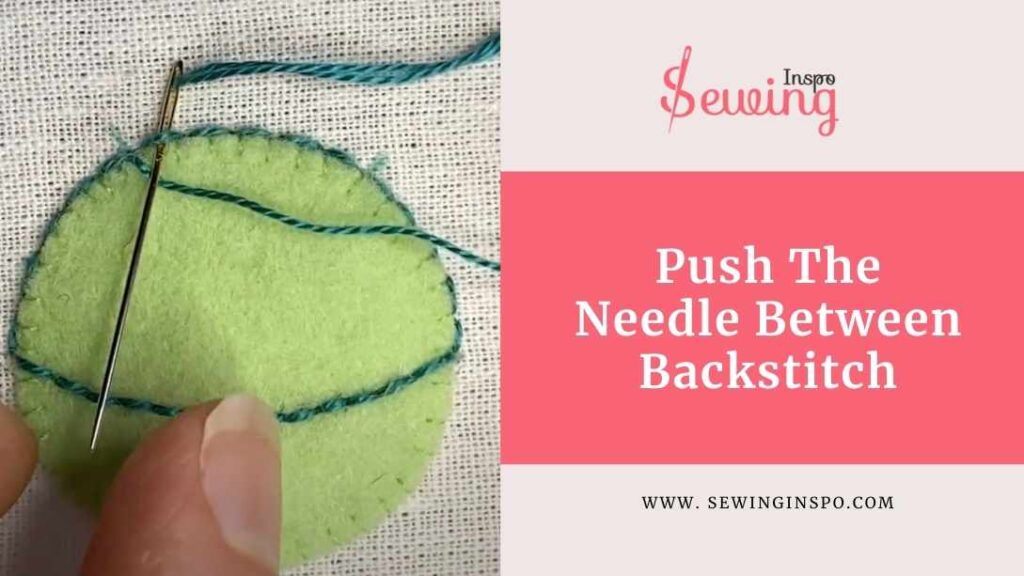
As you’re stitching left to right,
You will notice that the thread stays under the needle as you go. This is key! By positioning your thread like this, you ensure that it stays in place and doesn’t tangle or create loops.
The buttonhole loop will create the buttonhole stitch effect. This will create an anchor or base for your neat shape.
Push The Needle Out
Push the needle out from the backstitches. As you push the needle up through the fabric, you can come back down through the next stitch, using your previous stitches as a guide. This technique is kinda like half wheel stitch.
This technique helps shape the curve nicely, allowing the stitches to flow together. It keeps the thread loose. You can adjust the tension later.
So, as you continue stitching, you can rotate 90 degree angle between pushing the needle out and anchoring it down through the next stitch. It gradually builds up the dome shape.
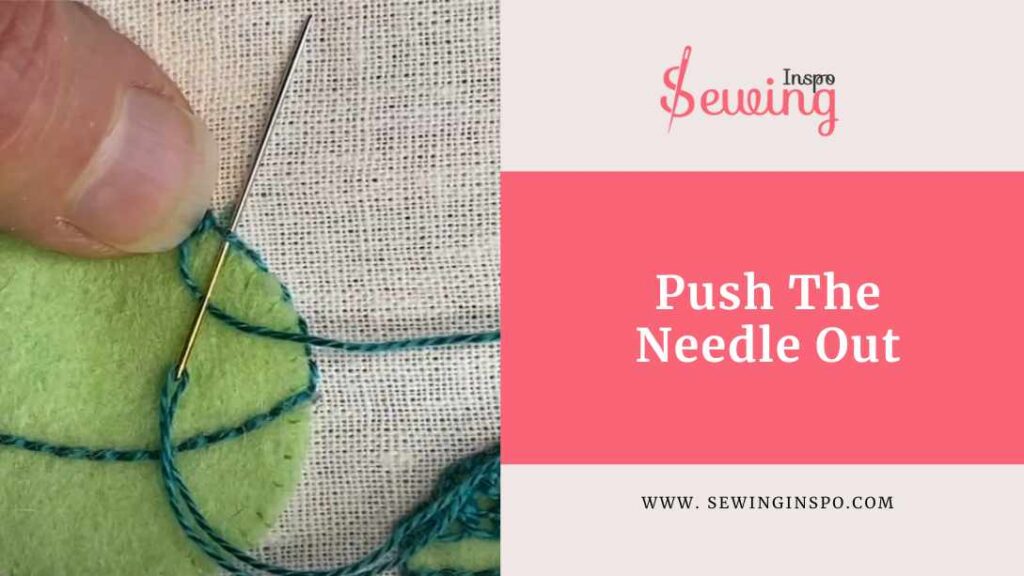
If you notice that the tension isn’t quite right, you can always pull on the thread to tighten it up later, ensuring your design’s smooth and polished finish.
Move Slightly Downward
Once you’ve finished your current row of stitches while working on your dome shape, it’s time to move to the next row. Depending on your design and how you want to build up the shape, you can either go slightly downward or sideways.
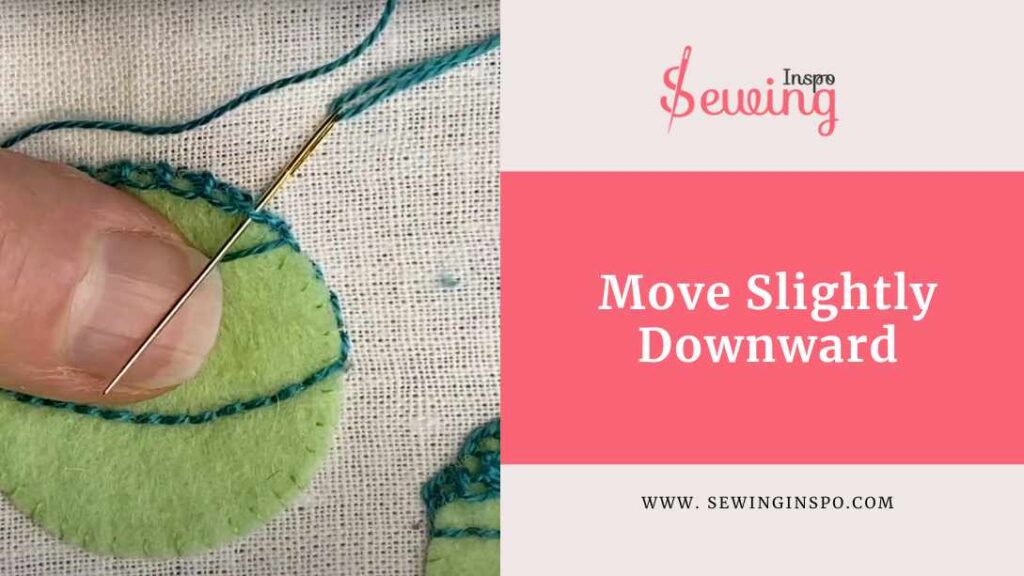
Continue doing this until your shape is filled. You can try this shape with closed buttonhole stitch, too.
Finish It By Securing The Thread
To finish the open buttonhole stitch, bring the thread to the back of the fabric. Before you secure it, make sure everything looks good on the front.
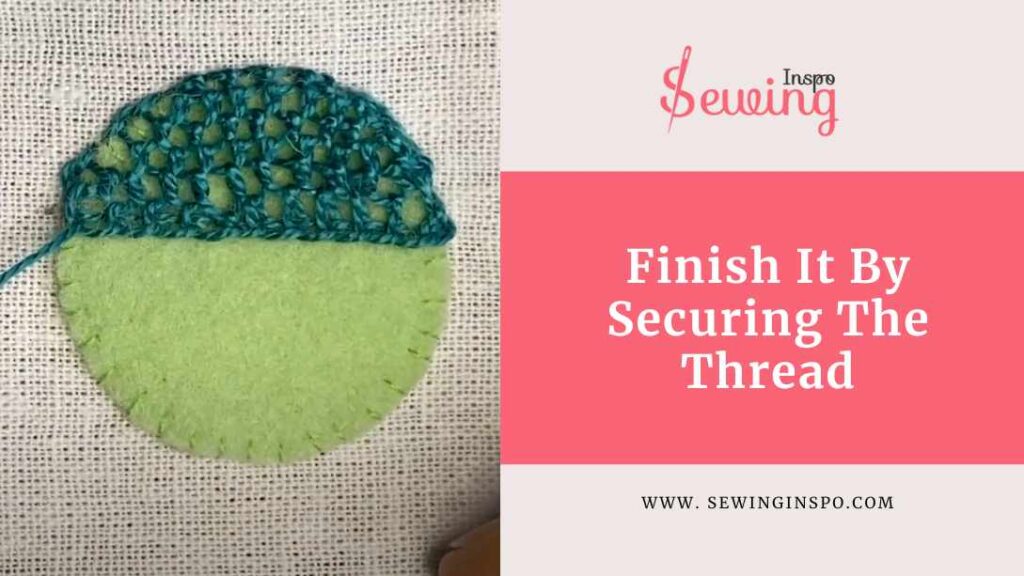
Once satisfied, tie a small knot with the thread at the back to hold everything in place. And makes the perfect button hole stitch design.
This step will prevent any of your hard work from unravelling later with a little care in this finishing touch. You’ll have a beautifully stitched, secure, and visually appealing dome! That last step is kind of like a knotted buttonhole stitch design, right?
Here is a video guide for better and easier instruction for open buttonhole filler stitch!
Open Buttonhole Filler Stitch
Open Buttonhole Filler Stitch Pdf
Open Buttonhole Filler Stitch Embroidery
This type of stitch is perfect for embroidery. You can bring something beautiful out if you apply it the right way. Here are a few I have tried so far, like Crossed buttonhole stitch patterns–
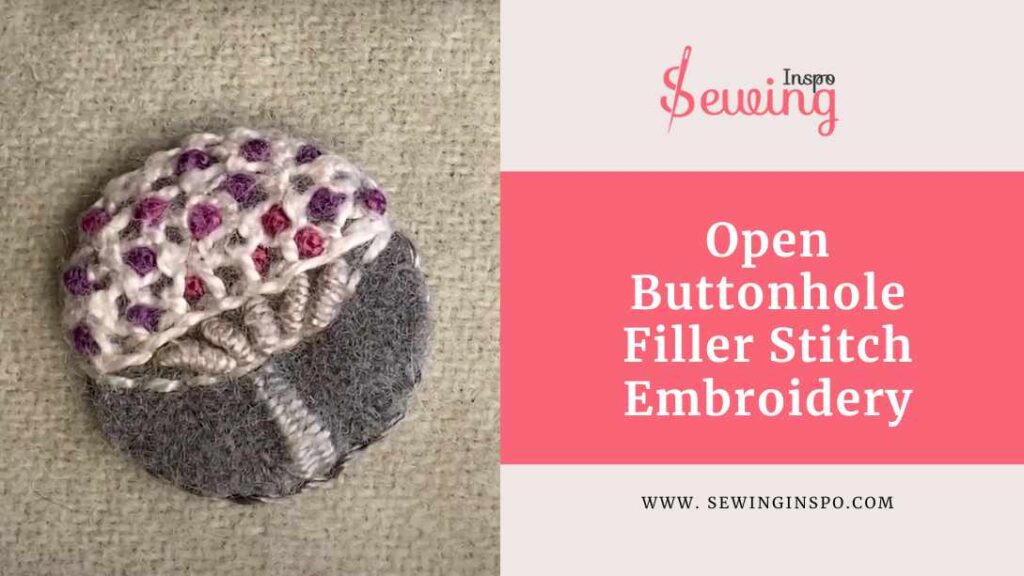
Buttonhole Filling Stitch Design
Loved the embroidery design? Ok, then try out this design with buttonhole filling, this open buttonhole stitch embroidery will be stunning.

Frequently Asked Questions
What Can I Use The Open Buttonhole Filler Stitch For?
This stitch is perfect for filling large areas in embroidery projects, especially in designs where you want a lacy or grid-like appearance. It’s commonly used in decorative pieces like tablecloths, cushion covers, and embellishments.
What Is The Best Fabric For The Open Buttonhole Filler Stitch?
Open-weave fabrics like linen and even-weave cotton are great choices because they allow the stitch to form evenly and display the openwork design more clearly.
Can The Open Buttonhole Filler Stitch Be Combined With Other Stitches?
Yes! You can combine it with other embroidery stitches like satin stitches, chain stitches, or French knots to add more texture and depth to your design.
Final Thought
Mixing the Open Buttonhole Filler Stitch into your embroidery projects opens creative possibilities. It is perfect for a delicate, airy design or adding a textured, openwork element. This stitch is versatile and fun to experiment with.
Don’t worry if getting the spacing right takes a little practice. That’s all part of the learning journey.
So grab your needle, get comfortable, and let your creativity guide you! Be with sewinginspo for info like this.

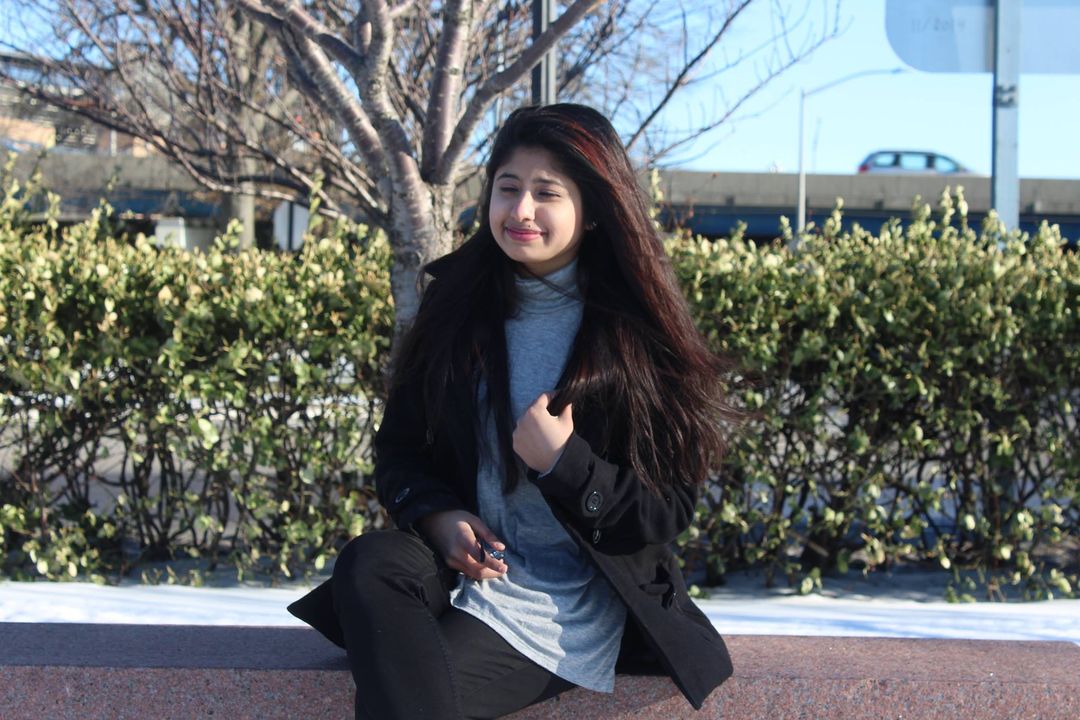
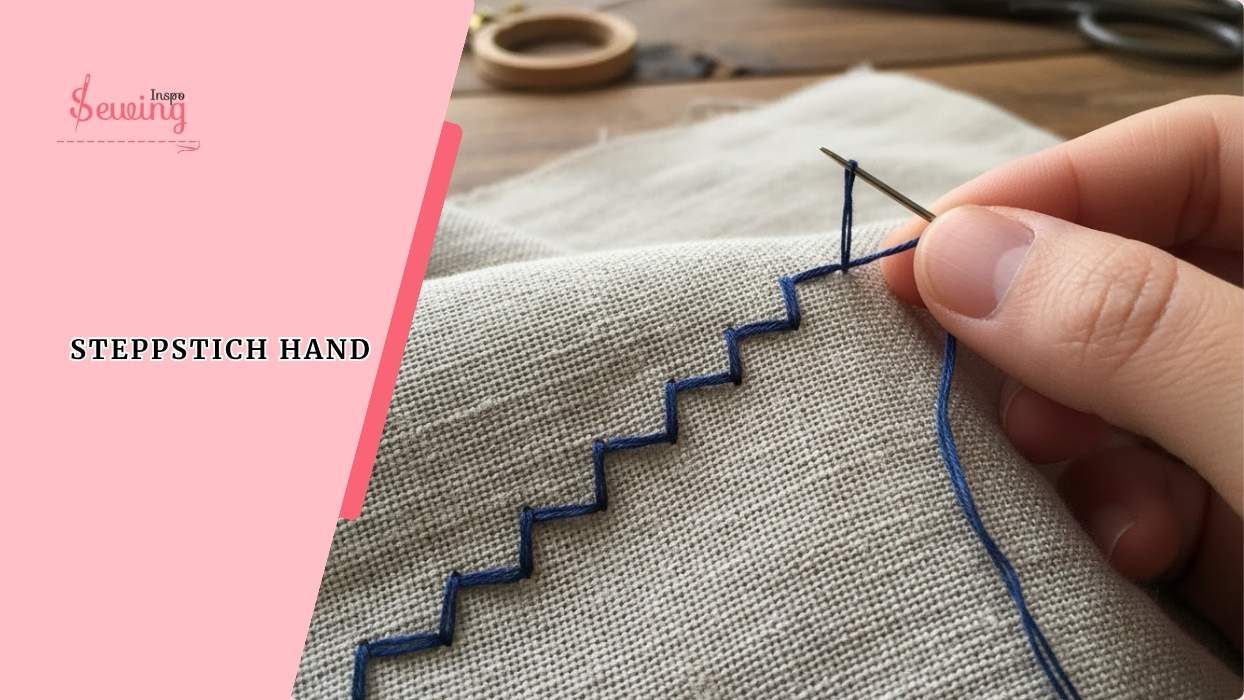
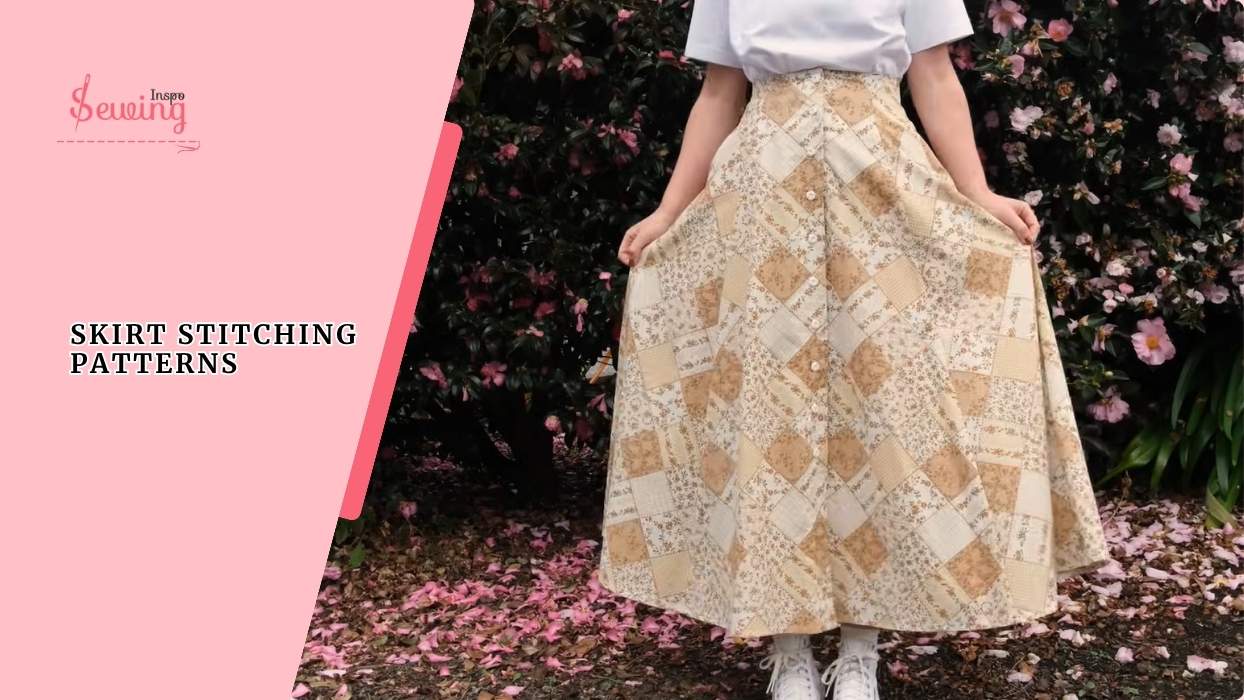
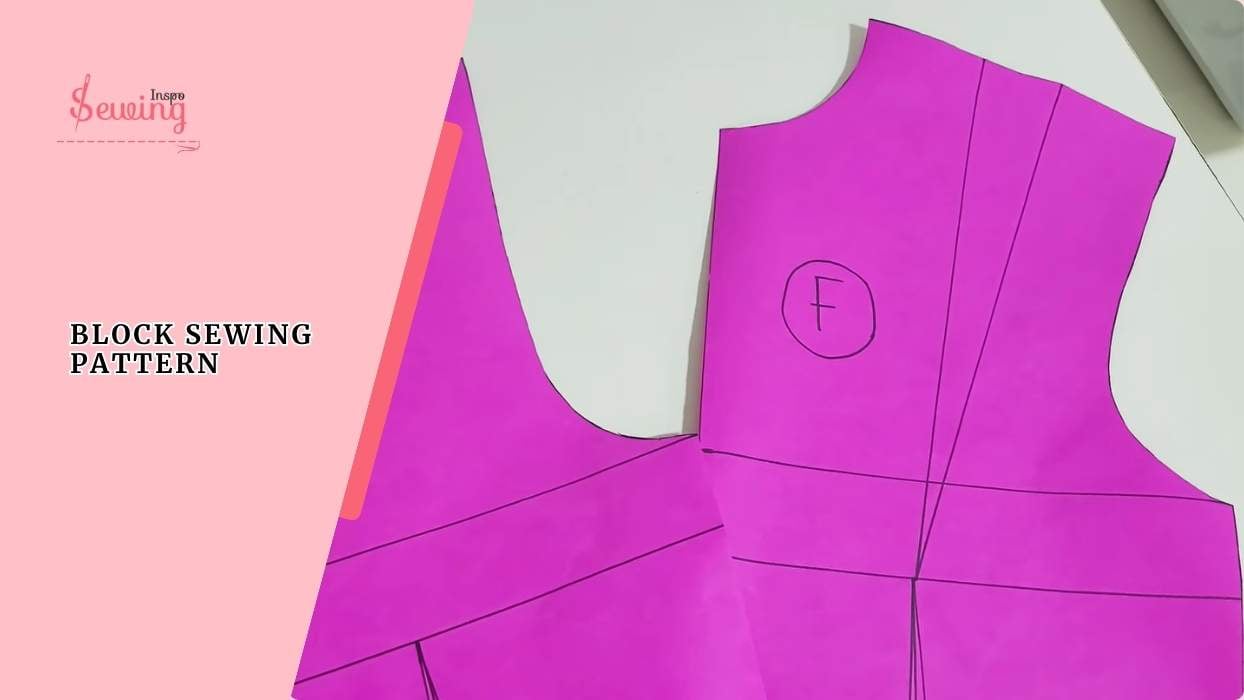
Leave a Reply